Importance Of Custom Application Development Trends
Keeping an eye on custom application development trends is always a great idea. Custom software development has evolved beyond simply creating tailored functionalities; it’s now about delivering modern solutions that align with the digital objectives of each business and its market niche. Clients today expect custom development to provide integrated value with their existing technology investments. As a result, staying informed about emerging software trends is crucial for software partners to recommend the most suitable solutions for their clients. If you’re planning your software development budget and strategy for the upcoming year, these insights will prove valuable.
1. Low-Code/No-Code Development
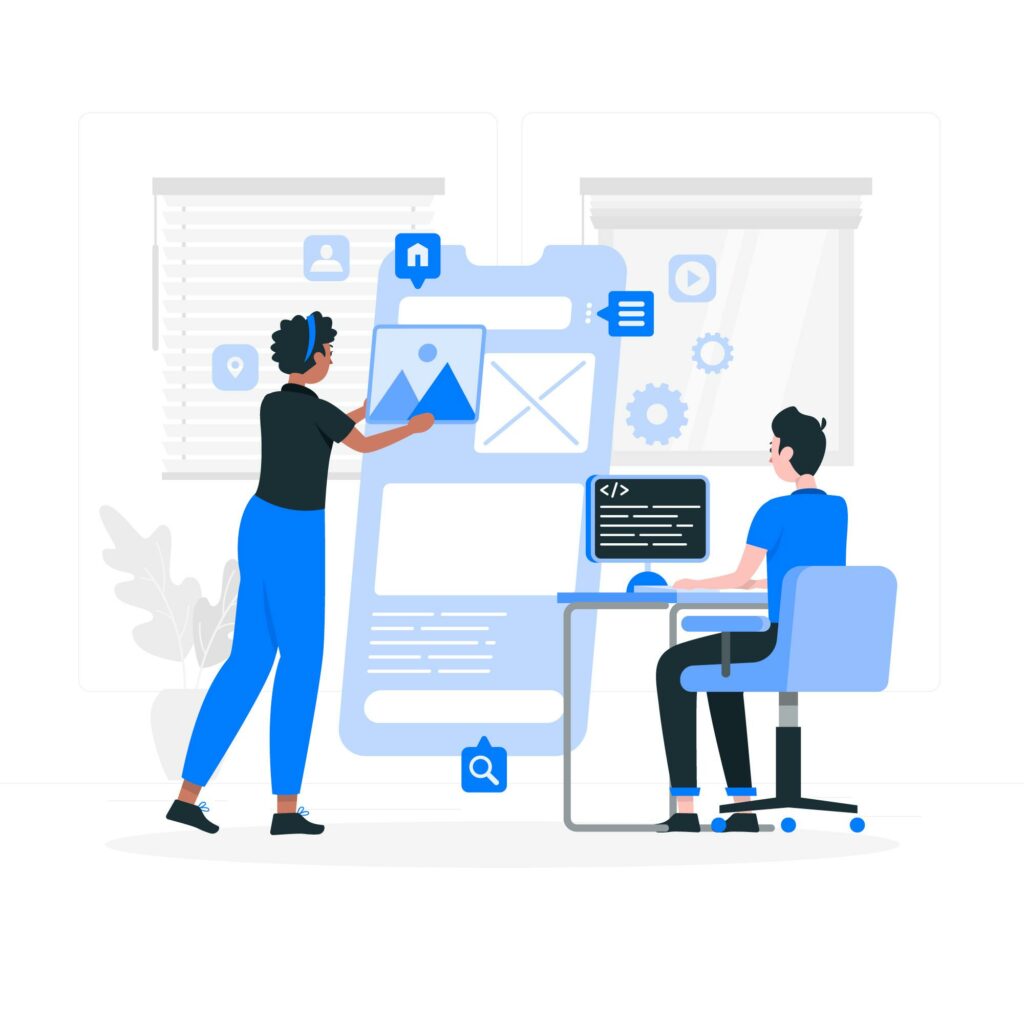
Overview:
A key trend in custom application development is, moreover, the growing use of low-code and no-code platforms. These platforms, in turn, enable developers—and sometimes even non-technical users—to build applications rapidly through drag-and-drop interfaces and pre-built components, thereby reducing the need for writing code from scratch.
Benefits:
- Faster Time to Market: Applications can be developed and deployed much quicker, shrinking development timelines from months to weeks.
- Cost-Effective: These platforms reduce development costs by requiring fewer resources to build applications.
- Empowering Citizen Developers: Non-technical staff can create simple custom applications, helping businesses solve internal workflow challenges without always needing IT support.
Use Cases:
- Automating internal business processes.
- Rapidly developing customer-facing apps for marketing campaigns or seasonal projects.
- Creating MVPs (Minimum Viable Products) for startups or enterprises exploring new ideas.
2. AI and Machine Learning Integration
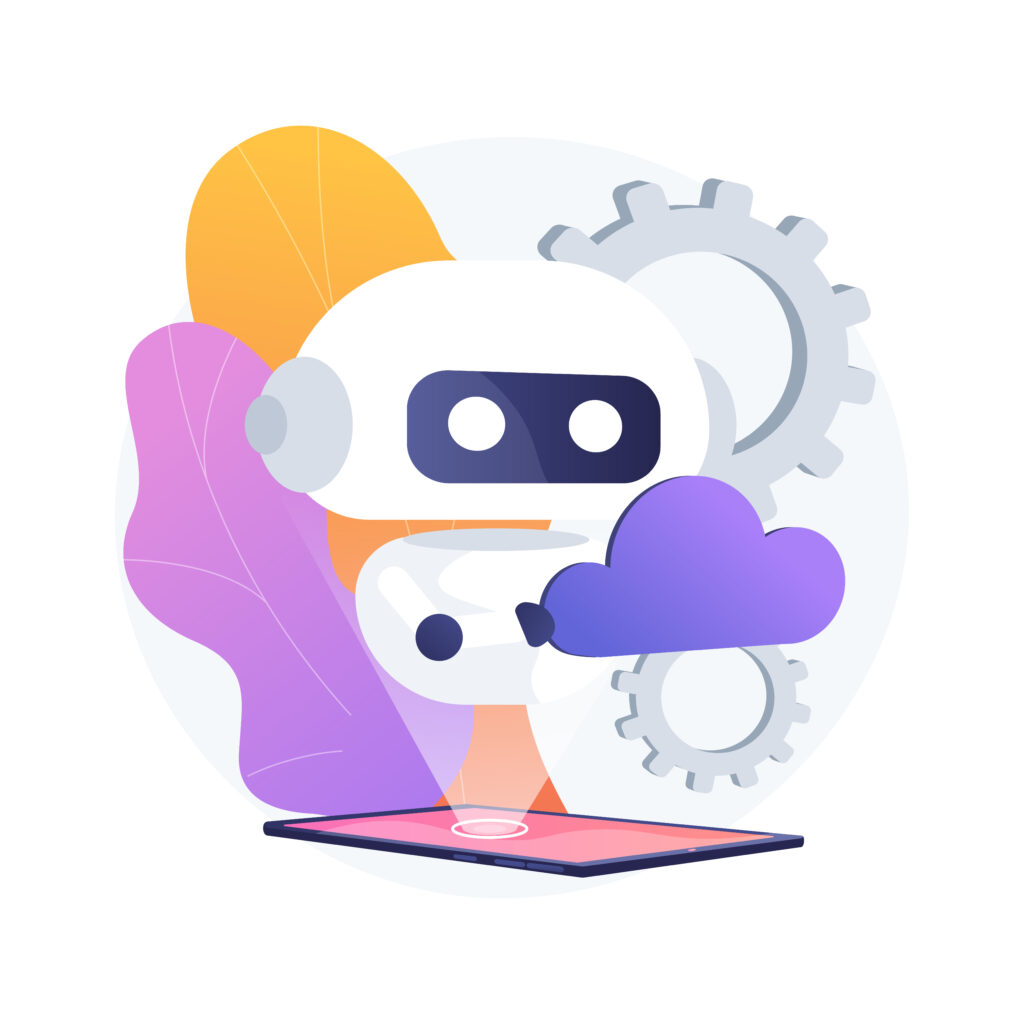
Overview:
Artificial Intelligence (AI) and Machine Learning (ML) are revolutionizing custom application development by creating smarter, more adaptive applications. Businesses are increasingly incorporating AI/ML into custom apps to automate tasks, enhance decision-making, and elevate user experiences.
Benefits:
- Personalization: AI enables custom applications to offer personalized recommendations, boosting user engagement and satisfaction.
- Predictive Analytics: ML models can analyze historical data to forecast trends, helping businesses make well-informed decisions.
- Automation: AI automates repetitive tasks, reducing the need for human intervention and improving operational efficiency.
Use Cases:
- Custom CRM systems featuring AI-driven customer behavior analysis and recommendations.
- Predictive maintenance applications in manufacturing.
- Chatbots embedded in business apps to manage customer support inquiries.
3. Microservices Architecture
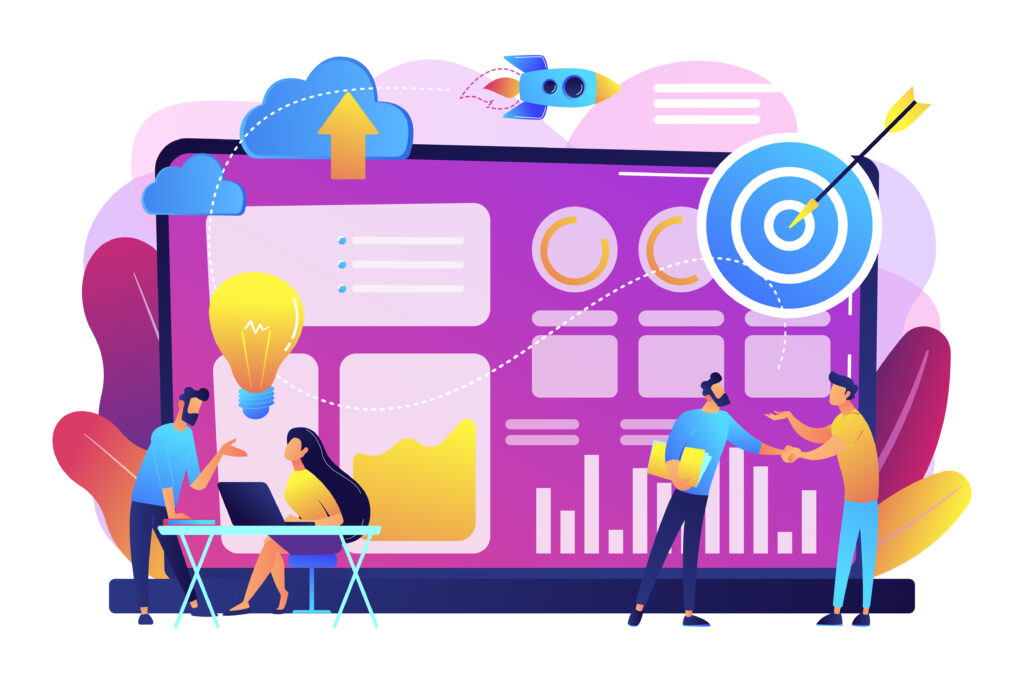
Overview:
Microservices architecture is becoming increasingly popular in custom application development. This approach involves breaking a large application into smaller, independent services that can be developed, deployed, and scaled separately. Compared to traditional monolithic applications, microservices offer greater flexibility and resilience.
Benefits:
- Scalability: Microservices allow individual components to be scaled independently, enabling businesses to handle high demand more efficiently.
- Faster Development: Smaller teams can work on different services simultaneously, accelerating the development process.
- Resilience: A failure in one microservice doesn’t necessarily impact the entire application, enhancing the system’s overall reliability.
Use Cases:
- E-commerce platforms where services like payments, inventory, and customer reviews can be updated or scaled independently.
- Streaming services such as Netflix, where user authentication, content delivery, and recommendation systems are managed separately.
4. Cloud-Native Development
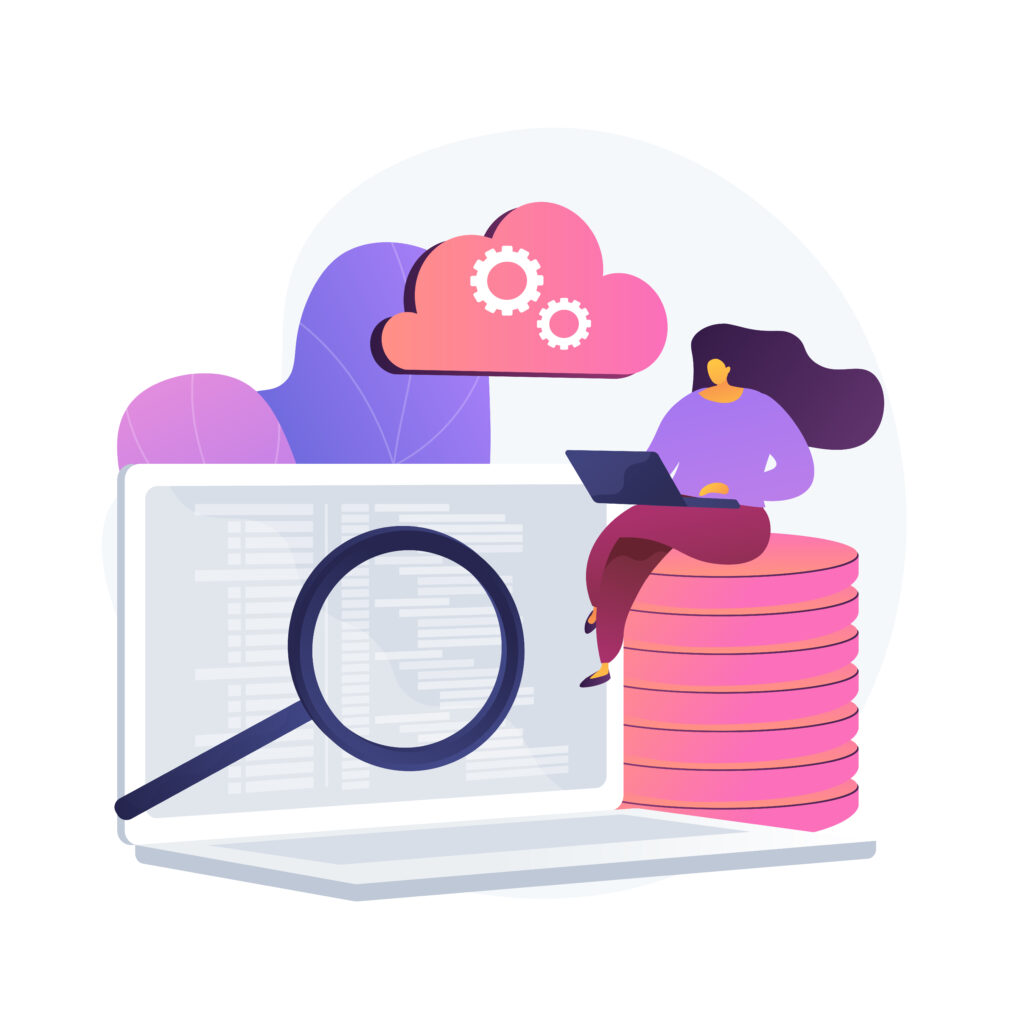
Overview:
Cloud-native development has become a key trend in custom application development. It focuses on building applications specifically designed for cloud environments, utilizing cloud services to enhance performance, scalability, and cost-efficiency.
Benefits:
- Scalability and Flexibility: Cloud-native applications can scale dynamically based on demand, maintaining optimal performance without the need for managing physical servers.
- Cost-Effectiveness: With cloud platforms offering pay-as-you-go models, businesses only pay for the resources they use, significantly reducing infrastructure expenses.
- Global Availability: Cloud-native applications can be deployed across multiple regions, enabling businesses to achieve global reach and improved data redundancy.
Use Cases:
- SaaS (Software as a Service) products that are entirely cloud-based.
- On-demand services like food delivery apps that require handling traffic surges and scaling accordingly.
5. Progressive Web Applications (PWAs)
![]()
Overview:
Progressive Web Applications (PWAs) are becoming a popular trend in custom app development. PWAs blend the advantages of both web and mobile applications, offering a fast, reliable, and engaging user experience without the need to download apps from app stores.
Benefits:
- Cross-Platform Compatibility: PWAs can run on any device with a browser, ensuring broad accessibility across different platforms.
- Offline Functionality: PWAs can work offline by caching data, providing a smooth experience even in areas with limited connectivity.
- Cost-Efficiency: Instead of developing separate apps for iOS, Android, and the web, businesses can create a single PWA, saving on development costs.
Use Cases:
- Retailers using PWAs to deliver faster and more interactive mobile shopping experiences.
- News websites employing PWAs to provide content to users, even in offline mode.
6. Blockchain Integration
Overview:
Blockchain technology is increasingly being integrated into custom applications to enhance security, transparency, and data integrity, especially in industries where secure transactions and trust are critical.
Benefits:
- Security: Blockchain, for instance, offers a tamper-proof ledger, making it ideal for applications that handle sensitive data, financial transactions, or require strict regulatory compliance.
- Transparency: Additionally, it allows businesses to maintain transparent and verifiable records of all transactions, thereby reducing the risk of fraud and disputes.
- Decentralization: Furthermore, blockchain eliminates the need for intermediaries, consequently lowering costs and improving efficiency in various business processes.
Use Cases:
- Custom supply chain management systems that use blockchain to track products from their origin to final delivery.
- Financial applications that facilitate secure and transparent cryptocurrency transactions.
7. Internet of Things (IoT) Integration
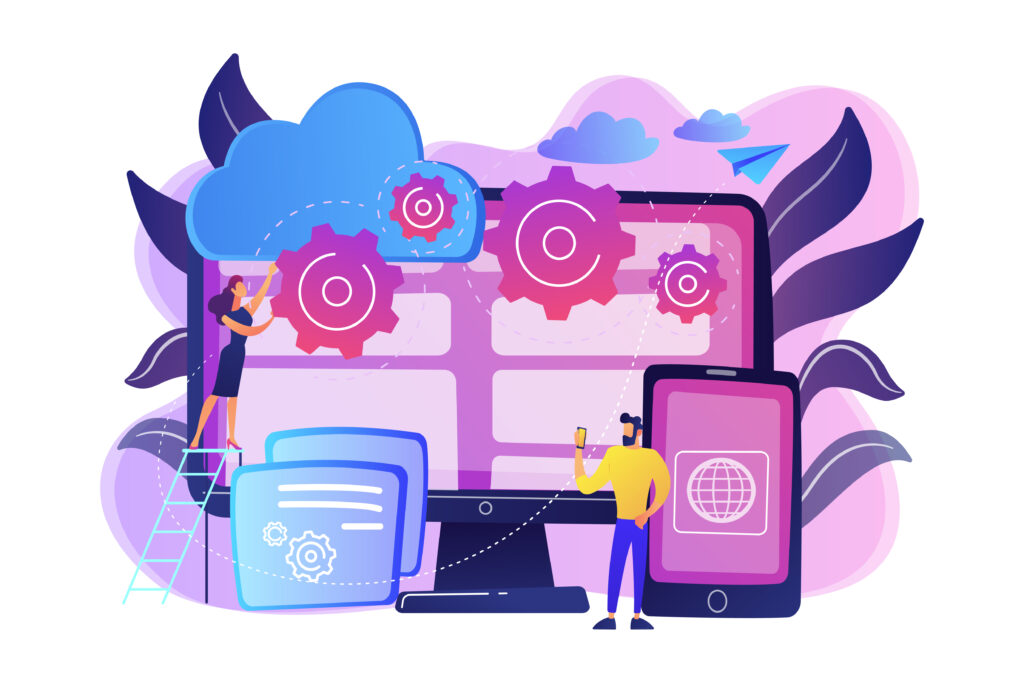
Overview:
With the growing prevalence of IoT devices, custom applications are being developed to control, monitor, and manage these devices. IoT-enabled custom apps empower businesses to leverage connected devices for automation, data collection, and real-time monitoring.
Benefits:
- Real-Time Data: Custom apps can collect data from IoT devices, offering real-time insights and sending alerts as needed.
- Automation: IoT-integrated applications can automate tasks, such as turning off office lights or monitoring industrial equipment for maintenance requirements.
- Improved Efficiency: By incorporating IoT devices into their workflow, businesses can minimize downtime and enhance operational efficiency.
Use Cases:
- Smart home apps that allow users to manage home devices from their mobile phones.
- Industrial IoT applications that monitor machinery and automate factory processes.
8. DevOps and Continuous Integration/Continuous Deployment (CI/CD)
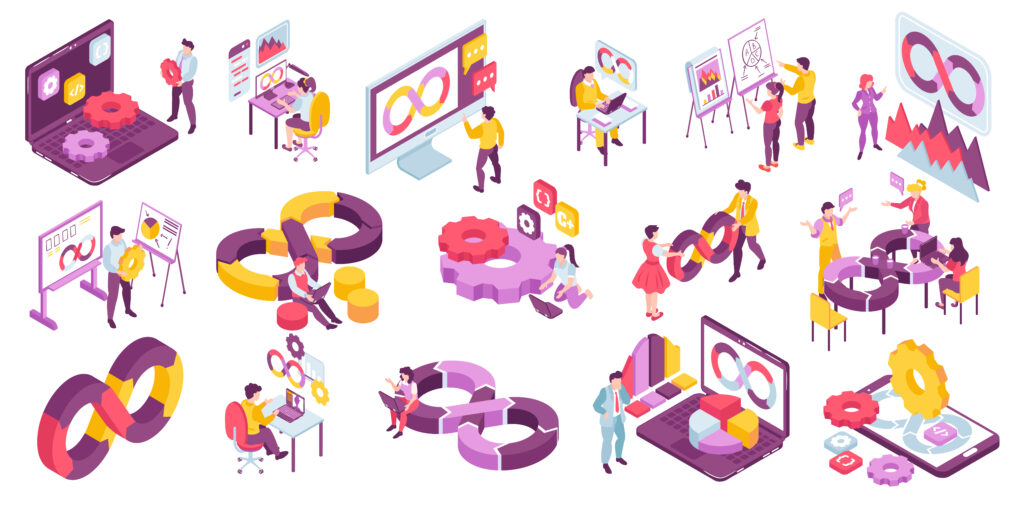
Overview:
The rise of DevOps practices and CI/CD pipelines is accelerating and improving custom application development. DevOps fosters collaboration between development and operations teams, while CI/CD automates the deployment process, enabling fast, frequent, and reliable releases.
Benefits:
- Faster Development Cycles: CI/CD pipelines, for example, allow developers to release new features and fixes quickly without disrupting the user experience.
- Improved Quality: Moreover, continuous testing and integration ensure that the application remains stable and high-performing, even with regular updates.
- Collaboration: In addition, DevOps encourages better collaboration between developers, testers, and operations teams, leading to higher productivity and team alignment.
Use Cases:
- Large-scale enterprise applications that need frequent updates and feature releases.
- E-commerce platforms that continually roll out new features and security patches.
9. API-First Development
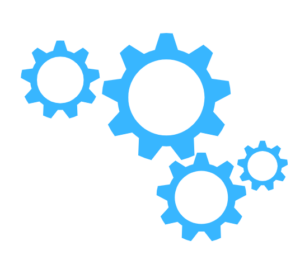
Overview:
API-first development is gaining traction in custom application development, where APIs are prioritized during the initial design phase. This ensures that the application is highly integrative, adaptable, and future-proof, enabling it to connect seamlessly with third-party services or other software products.
Benefits:
- Modularity: APIs, for instance, allow for creating modular applications that can be expanded or integrated with other systems as business needs evolve.
- Ease of Integration: Additionally, API-first development enables the easy integration of third-party services, making the custom app more versatile.
- Scalability: Furthermore, APIs simplify scaling by allowing different components or services to be updated independently, without requiring a complete overhaul of the system.
Use Cases:
- Custom e-commerce solutions that rely on multiple APIs for payment processing, shipping, and inventory management.
- Enterprise systems that need to integrate with CRM, ERP, or other business applications.
[Want to learn more about custom application development trends? Click here to reach us.]
Conclusion
In conclusion, the landscape of custom application development is evolving rapidly, driven by emerging technologies and changing business needs. From the rise of low-code/no-code platforms to the integration of AI, IoT, and blockchain, businesses now have a variety of tools to create more adaptive, scalable, and efficient applications. Microservices, cloud-native development, and DevOps practices are reshaping how applications are built and maintained, while API-first approaches and a strong focus on user experience ensure that modern applications are both flexible and user-friendly.
Staying informed on these trends allows businesses to leverage the latest innovations, streamline operations, and deliver greater value to their customers. Partnering with a trusted service provider like Bobcares, which offers expert application development support services, ensures that companies can adopt these trends seamlessly and build solutions tailored to their unique needs. With Bobcares’ expertise, businesses can future-proof their software development strategies, enhance operational efficiency, and remain competitive in a digital-first world.







0 Comments